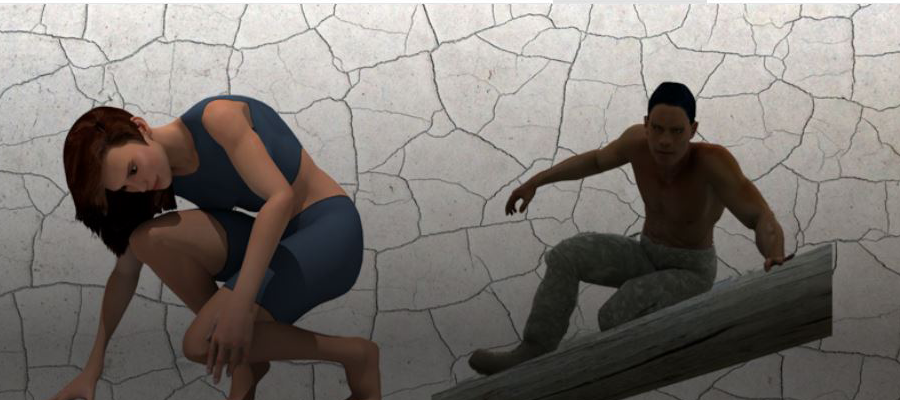Abstract
When designing the interior of automated cars, it is necessary to take the non-driving-related tasks and the take-over maneuver into account. These take-overs are critical moments since the driver needs to take back control of the vehicle as fast as possible. To facilitate this, interior designers need to design the cabin with enough space to carry out this movement. This paper presents a revised modeling approach using mixed linear effects models to predict the grasping movement of the hand during take-over scenarios. A study with 52 participants doing grasping movements was carried out to model the data obtained via motion capture. The participants were instructed to carry out movements from predefined grasping elements mounted in front of them. The trajectory of the hand was recorded using a marker-based motion capture system. It is observed that the trajectories can be assumed as a two-dimensional phenomenon, since they seem to lie on one plane. Thus, the trajectories were modeled as a 1+2-dimensional problem—one-dimensional model for the plane and a second two-dimensional model for the trajectory. The model of grasping trajectory described in this paper was modeled using fourth-degree polynomials. In older approaches, the trajectory was modeled in four different models for each constant of the polynomial. In this paper a new modeling approach is used to merge the polynomial into one model. This increased the R²m and R²c drastically and led to three major discoveries on the nature of human grasping movements. Task factors, such as grasping handle and handle position, play the major role in the grasping trajectory. Body height plays a role in the modeling of hand trajectories. Gender, age, and dominant hand show only negligible influence on the trajectory. Other individual human factors not evaluated in this study do not seem to heavily influence the hand movement.
Keywords: mixed linear effects models, automated Driving, takeover, grasping
How to Cite:
Fleischer, M., (2022) “Improved modeling approach for the usage of mixed linear effects models in empirical digital human models”, Proceedings of the 7th International Digital Human Modeling Symposium 7(1): 44, 9 pages. doi: https://doi.org/10.17077/dhm.31786
Rights: Copyright © 2022 the author(s)
Downloads:
Download PDF
View
PDF

